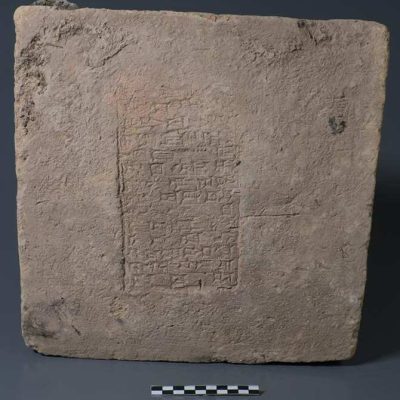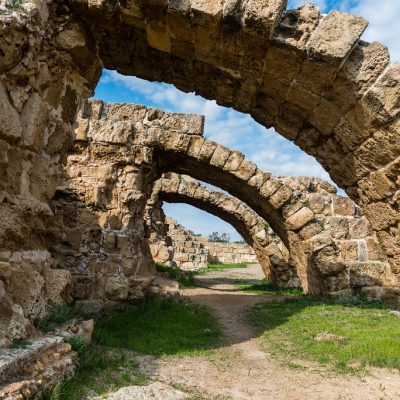The wreckage of Blackbeard’s flagship, the Queen Anne’s Revenge, was discovered off the coast of North Carolina in 1996. Among the artifacts found were hundreds of pieces of coal, which puzzled archaeologists as the ship was a sailing vessel and did not require coal for propulsion. Researchers from the University of Kentucky have now solved the mystery of the coal’s origin. Chemical analysis of the coal revealed that it came from different sources, with some samples being from Virginia and others from the Appalachian region of Pennsylvania. However, the coal was not actually on the ship of the infamous pirate, but rather a result of coal-powered steamships that were supplied at the nearby port of Beaufort during the American Civil War.
The Queen Anne’s Revenge was the flagship of the notorious pirate Edward Teach, better known as Blackbeard. The ship ran aground and sank off the coast of North Carolina in 1718. In 1996, researchers discovered the wreckage and found various artifacts, including gold particles, glass beads, and hundreds of pieces of coal. The presence of coal on a sailing vessel was unusual, and researchers were curious about its purpose on board. While coal was commonly used for cooking and heating, the amount found on the ship was excessive for a sailing vessel of that time.
Chemical analysis of the coal revealed that it came from different sources, with some samples being from Virginia and others from the Appalachian region of Pennsylvania. However, the coal was not actually on the ship of Blackbeard, but rather a result of coal-powered steamships that were supplied at the nearby port of Beaufort during the American Civil War. Over 450 coal-powered steamships were supplied at the port of Beaufort between 1862 and 1864, and coal pieces would often fall into the sea. These pieces would then collect at the wreckage of the Queen Anne’s Revenge, which was located near the port.
In conclusion, the mystery of the coal found on the wreckage of Blackbeard’s flagship has been solved. While the coal came from different sources, it was not actually on the ship of the infamous pirate. Instead, it was a result of coal-powered steamships that were supplied at the nearby port of Beaufort during the American Civil War. This discovery sheds light on the history of coal usage and transportation during the 19th century.










